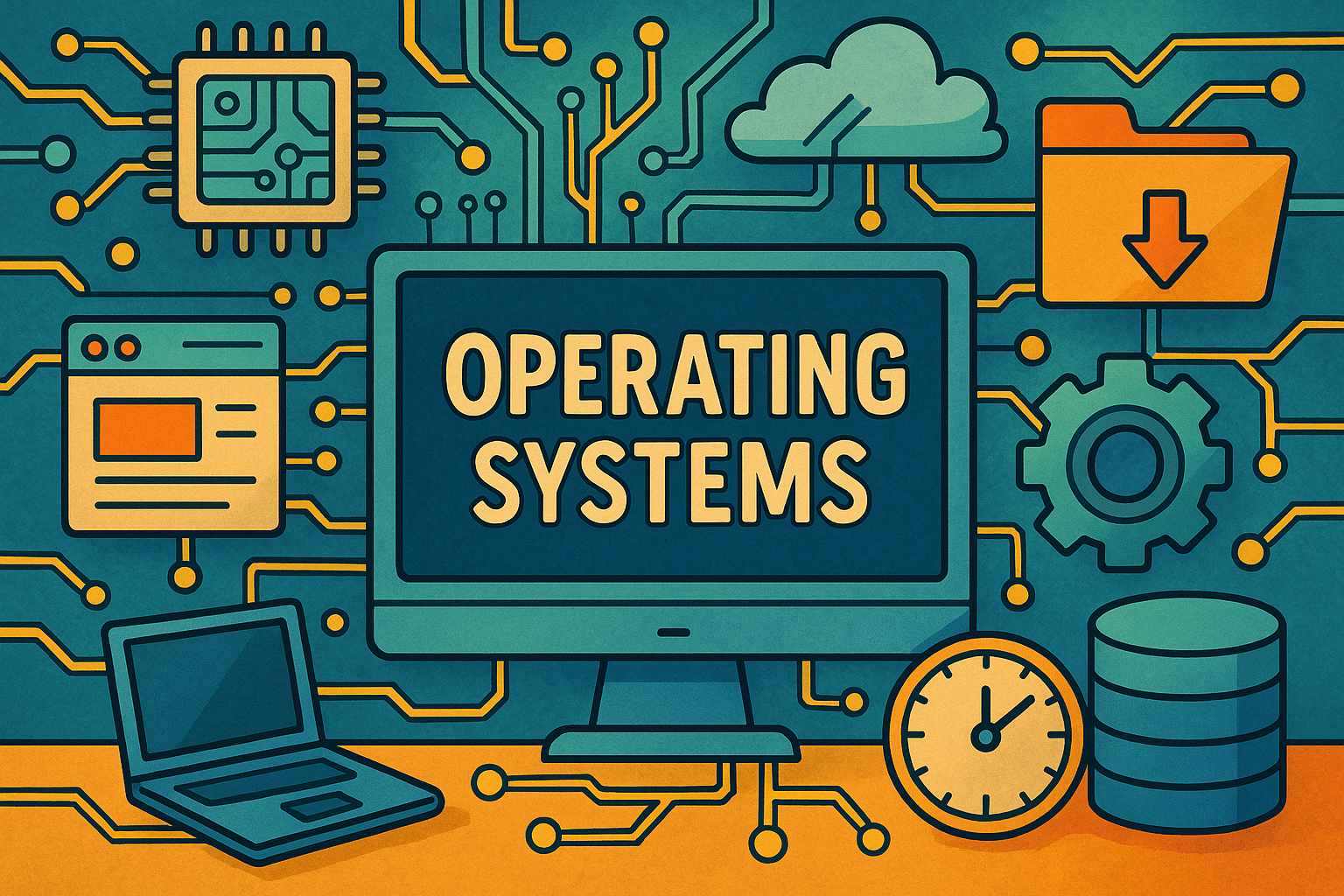On the daily, we don’t really think about the underlying systems that support our technology. After all, we live in an extremely engineered world and the same statement applies to not only our physical world, but also the digital one. At the time of writing, I’m learning about the different types of operating systems and the advantages and disadvantages of the major types. This article is an informal introduction to the main operating systems and not only serves as a demonstration on what I’ve learned, but also a reference to these key paradigms. I’ll be covering these major OS paradigms: Organic/Simple/Monolithic, Layered, Microkernel, and Modular. This may go without saying, but this is not an exhaustive list of OS paradigms. So now that we have a general outline of the OS paradigms we will be covering, let us dive into it.
Organic, a.k.a. Simple or Monolithic
- The OS is built as a single cohesive entity
- Core functionalities run in kernel mode in a single code base
- Functions communicate directly without the need for additional abstraction or APIs
- Simplicity is beneficial in certain ways
- Less overhead
- faster execution
- communicates directly
- Efficiency
Advantages
- efficiency
- speed
- maturity
Disadvantages
- Complexity in debugging
- Can cause the entire system to crash
- Scalability
- Security concerns
- Everything shares the same address space so if a certain program can be exploited to execute code in the wrong address space this can cause huge problems
Layered
Structured OS design that segments the OS into different hierarchical layers. Each layer has a specific set of responsibilities and interacts only with adjacent layers. Higher layers depend on services provided by the lower layers, ensuring modularity.
Advantages
- If an error happens in the OS, then it’s easier to test and resolve issues because only a layer would be affected
- Simplified maintenance
- Flexibility
- Scalability
Disadvantages
- Security
- The closer you get to the more privileged layers, the more dangerous it becomes
- Performance overhead
- Rigid Structure
- Complex design
- What layers do what processes
Microkernel
Microkernel is a design paradigm that performs only the most essential functions necessary to operate. Other OS functionality such as your file system will run in user space as separate services. This OS type focuses on modularity and isolation. An analogy to relate to might be a laissez-faire approach to economics, where the government is only regulating the parts that it absolutely needs to and lets the system balance itself.
Why is splitting functionalities into user space beneficial? It improves fault tolerance
Advantages
- Fault Isolation
- Security
- Modularity
- Portability
Disadvantages
- Performance overhead
- Might be fast in some ways, but where the performance overhead comes in is interprocess communication because the OS leaves the communication up to the processes themselves. Leaving the implementation to the processes can be inefficient.
- Complexity in implementation
- Resource usage
- Running everything in user space can be resource intensive in some ways because it’s not running as close to the bare metal as it can in other OS approaches.
Modular
The modular OS design approach focuses on having a central kernel that facilitates communication between different modules. What does this mean? The modules might be things such as system drivers for your mouse, keyboard, touch screen, etc. Each module will have differing functionality. This one is a good balance between microkernel and monolithic design.
Advantages
- Flexibility
- Scalability
- Fault isolation
- Ease of maintenance
Disadvantages
- Overhead
- Communication between modules can have slight performance degradations
- Complexity in implementation
- Designing APIs for the communication, which may involve a rigorous documentation process.
- Dependencies
- Certain modules may be dependent on each other so if there is a bug or fault in a module that others depend on this can become easily problematic.
Summary
In closing, exploring these major operating system paradigms has given me a deeper appreciation for the architecture behind the software we often take for granted. Each design—whether monolithic, layered, microkernel, or modular—offers unique trade-offs between performance, reliability, and complexity. As I continue my journey into systems programming, I hope this breakdown not only serves as a useful reference for others learning like me, but also highlights how much thoughtful engineering goes into the tech that quietly powers our world. There’s elegance in how these paradigms tackle challenges in their own ways—and understanding them is a key step toward becoming a more capable and insightful developer.

